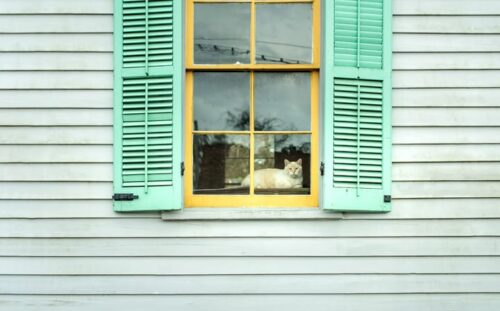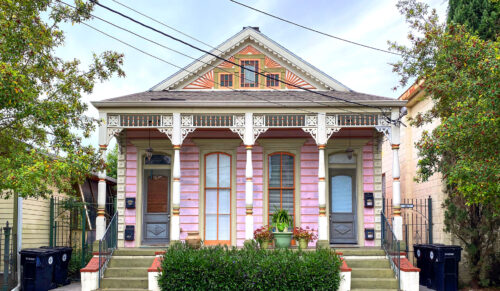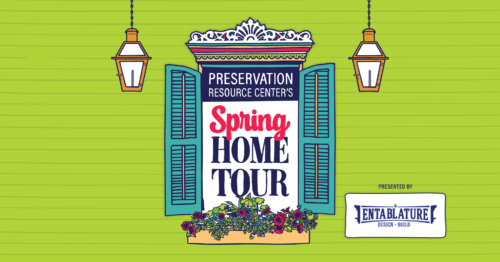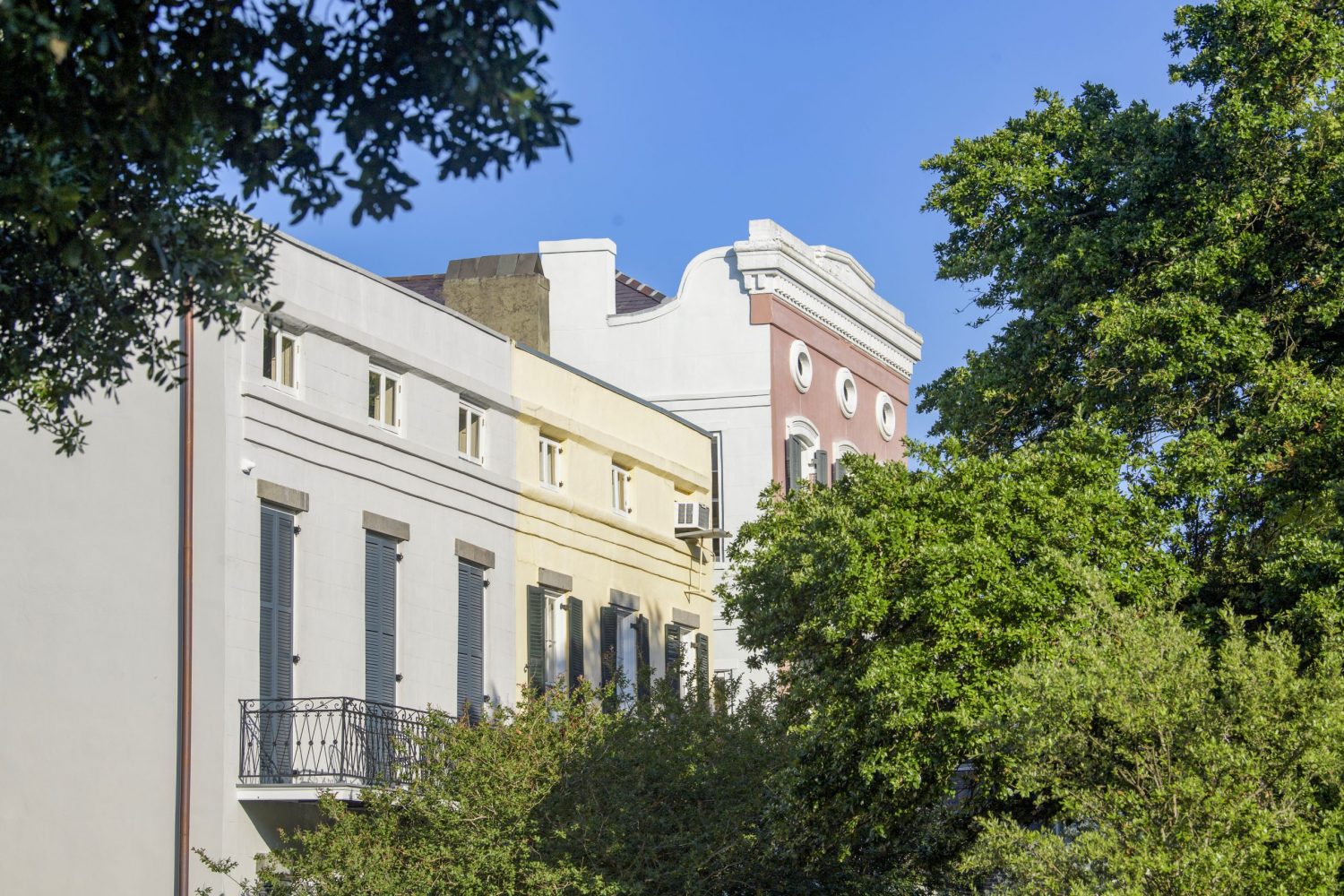Esplanade Avenue, which runs from the Mississippi River to City Park, was the premiere address for upper-class Creoles and Free People of Color and is still today lined with the grand homes they lived built. Bayou Road, a small commercial corridor, has a distinctly Caribbean feel complete with bright paint colors. In Faubourg St. John, gracious homes shaded by old trees inspire awe, especially on nearby Ursulines Avenue and Grand Route St. John. Many of those streets lead to Bayou St. John, where villas dating to as early as 1791 face the water.
In the Fairgrounds neighborhood, colorful shotguns and Creole structures tightly pack the streets that front the Fairgrounds, which is home to thoroughbred horse racing from Thanksgiving Day through March and special events year-round, including the New Orleans Jazz and Heritage Festival in April and May. Pocket parks, cafes, restaurants and shops dot neighborhoods on both sides of Esplanade. At the top of Esplanade Avenue is Bayou St. John, St. Louis Cemetery No. 3, with marble above-ground tombs, and City Park, one of the most popular urban parks in the country.
Esplanade Ridge is one of the earliest populated areas of New Orleans; the Bayou St. John waterway and the natural ridge of high ground that gives the area its name made the area — specifically, sites around Bayou Road — important trading grounds for Native American tribes. After European settlement, prominent New Orleanians took to building country manors on Bayou St. John. The earliest known land grant in the area dates to 1718 on Bayou Road. Claude Tremé began selling lots of his land in 1798, and the city annexed the neighborhood in 1812. Further north, land was still rural until the first streetcar along Esplanade appeared in the 1860s, spurring more concentrated residential development.
When the construction of an elevated expressway over Claiborne Avenue began in 1969, several landmark buildings in the thriving African-American commercial district were demolished and business shuttered as traffic went overhead. Some parts of the district still suffer from blight inflicted from the trauma, but many of the surrounding neighborhoods have stayed strong thanks to passionate locals, longtime homeowners and an influx of new residents renovating and restoring historic homes.





